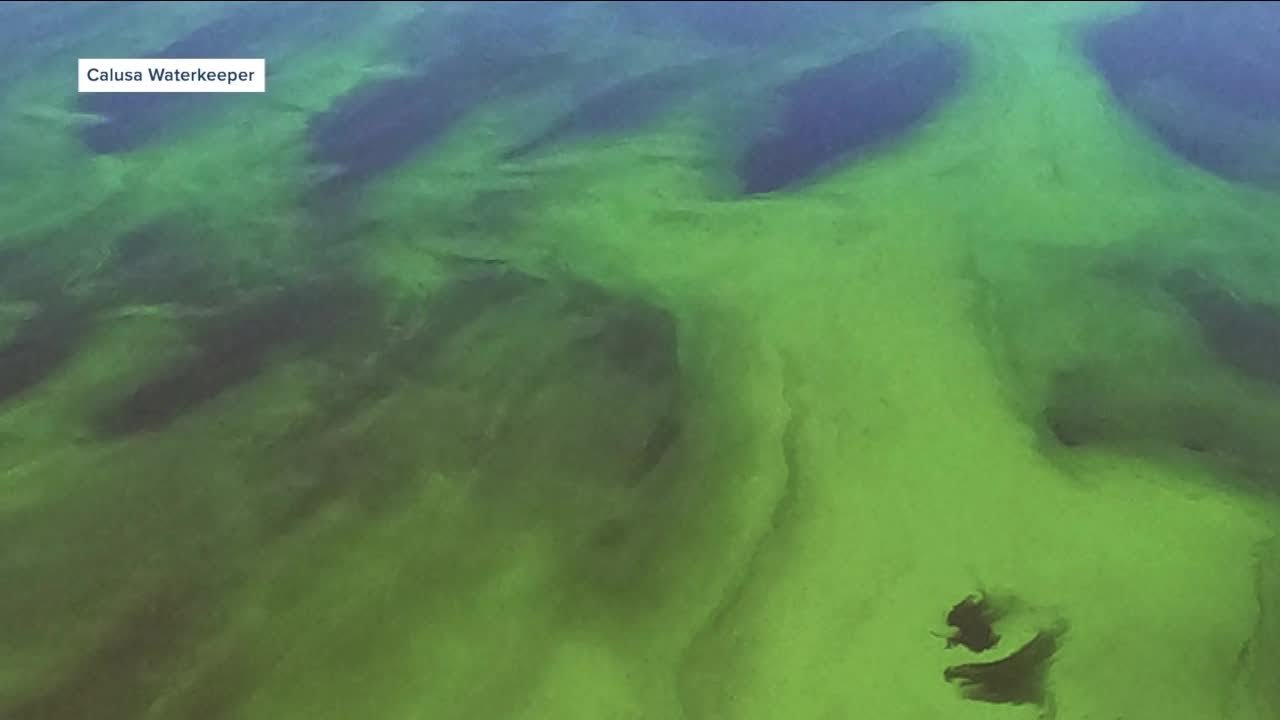Lake Okeechobee, the second-largest freshwater lake in the United States, has been hit by a significant blue-green algae bloom. This algal bloom, also known as a harmful algal bloom (HAB), was first observed in June and is predicted to persist throughout the summer months. The growth of this algae has been linked to the pollution of water bodies by excess nutrients such as phosphorus and nitrogen. The bloom is causing concern for the health of both humans and aquatic life living in and around the lake.
Blue-Green Algae Blooming on Lake Okeechobee
Lake Okeechobee is one of the largest freshwater lakes in Florida and is a popular destination for recreation and fishing. However, in recent years, the lake has experienced a significant increase in blue-green algae blooms. These blooms can pose a threat to the lake’s ecological health and public health.
What is Blue-Green Algae?
Blue-green algae, also known as cyanobacteria, are microscopic organisms that can grow in freshwater bodies, including lakes, reservoirs, and rivers. They are a natural occurrence in most freshwater ecosystems. However, when the algae are present in large, visible blooms, they can pose a threat to human and animal health and cause environmental damage.
Causes of Blue-Green Algae Blooms in Lake Okeechobee
The cause of blue-green algae blooms in Lake Okeechobee is primarily due to nutrient pollution. Nutrient-rich runoff from agricultural land, urban areas, and septic systems can enter the lake, providing the necessary nutrients for the algae to grow. Warm temperatures and stagnant water also contribute to the growth of blue-green algae.
Effects of Blue-Green Algae Blooms on Lake Okeechobee
Blue-green algae blooms can have several negative effects on the lake’s ecological health and public health. The dense mats of algae can block sunlight and reduce oxygen levels in the water, leading to fish kills and other aquatic life die-offs. The algae also produce toxins that can be harmful to wildlife, pets, and people. Exposure to the toxins can cause skin irritation, nausea, and respiratory issues.
Mitigating Blue-Green Algae Blooms on Lake Okeechobee
To mitigate blue-green algae blooms on Lake Okeechobee, several approaches are being implemented. One approach is to reduce nutrient pollution by implementing best management practices on agricultural land and improving wastewater treatment facilities. Another approach is to increase water flow into and out of the lake to help prevent stagnant water and promote the natural flushing of nutrients.
Conclusion
Blue-green algae blooms are a significant issue for Lake Okeechobee and other freshwater bodies in Florida. Understanding the causes of these blooms and implementing strategies to mitigate them is key to protecting the ecological health and public health of the lake. By reducing nutrient pollution and improving water management practices, we can help prevent this harmful algae from taking over our beloved lake.




































